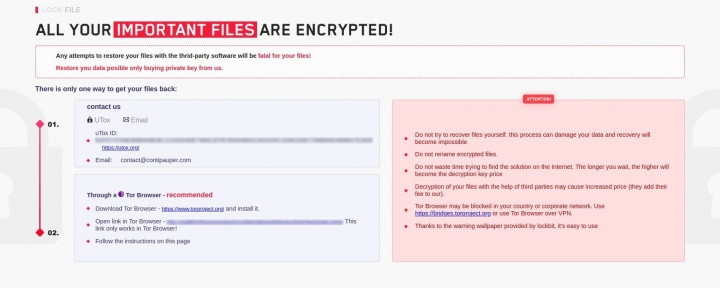You may think you are on the internet anonymously. Yet every click you make from your gadgets gives impact on your person.
Whenever you go online, your device provides specific data to the pages you visit. For example, it can be used to have information about your operating system and settings. Even your hardware can draw conclusions.
If someone uses this data to identify your identity, they are talking about browser fingerprinting. Websites do this for example to recognize your browser, plugins, language, screen resolution, time zone and other settings.
So that they can identify unique visitors and follow their online activities.
Fingerprinting
The name doesn’t come from anywhere: If a digital fingerprint has been created first, your identity can be precisely identified. According to Mozilla, “the procedure is able to correctly identify users in 99% of the cases.” ”
Even if you block cookies, surf with VPN, or adhere to other security measures that are so often recommended online, your digital fingerprint can betray you.
Finding browser fingerprint
On websites such as AmIUnique, you can find out how unique your digital fingerprint is. Test your browser and find out if you’re easily identified – and need to act. we also has a tool on offer – with our browser Privacy Check, see what traces you’ve left while surfing.
Protect my browser fingerprint
Where personal data is collected, there is always a risk of abuse. Unlike other factors of identification like your IP address, your digital fingerprint is invisible and therefore harder to protect. So a lot of users don’t even know that they are passing their data on.
Maybe companies are selling this data to third parties to make profit from it. Malware attacks can also become more effective with personalized data.
How can I effectively protect myself from browser fingerprint?
The bad news first: It’s almost impossible to fully protect yourself from fingerprinting. Still, you can weaken your fingerprint with a number of methods.
Use your browser in incognito mode
The easiest way to reduce your fingerprint is by surfing in incognito mode. Almost every browser offers this feature.
If you visit websites in private mode, they will not be saved in the browser history. Your browser profile is set to a certain standard that is the same for all users in incognito mode. That’s why this user’s digital fingerprints look similar – and their uniqueness is diminishing.
However, this method is not particularly effective because in browser fingerprinting there are still many other data that the Incognito mode has no effect on.
Surf with the goal browser
If you are serious, you should not just change the mode, but the whole browser right away. The gate browser is so pre-confirmed that the digital fingerprint of all users is identical. In addition, the browser blocks JavaScript very effectively.
Depending on which features in the gate browser are individually activated, however, you can draw conclusions on your digital identity. In addition, the goal browser is less service-friendly for Layen right now.
Disable JavaScript
Through JavaScript, web pages can gather plugins and other information that will sharpen the profile of your digital fingerprint. You can either manually disable JavaScript via your browser, or use tools like NoScript or AdBlock Plus.
Because many websites are dependent on JavaScript, however, the deactivation could greatly affect your surf taste.
Hide your ip address with a VPN
With a VPN (Virtual Private Network) you can access a closed, secure network through a secured tunnel, thus concealing your IP. We explain here how exactly this works, and which providers there are.
As an intermediary of your data, VPN makes sure web servers don’t come in contact with your IP address.
However, the IP address is just a factor in your identity, and browser settings on the other hand are not blurred by a VPN. That is why a VPN alone is not an effective protection, and only in connection with other methods – for example, deactivating JavaScript – is an advantage.
Data protection software and extensions
Data protection is also a constant topic for software developers, and numerous providers and expands promise effective help. Privacy Badger, for example, blocks certain domains that use fingerprinting technologies. Disconnect works in a similar way. Together with a strong adblocker, these extensions help protect your network identity from harmful domains.
Browser fingerprinting: There is no perfect protection
As you can see, there is no absolute waterproof protection against browser fingerprinting. Each of the proposed measures has pros and cons.
For better protection, you can combine the different options, but for normal internet users, the effort could be too big.
Nevertheless, you should try to keep your digital fingerprint as small as possible. Software that everyone should use anyway – adblocker or anti-malware – can have a lot of impact.
Take the actions that seem most reasonable to you – and see how much your browser fingerprint has shrunk in a before-after comparison on Cover Your Tracks or Am I Unique.



